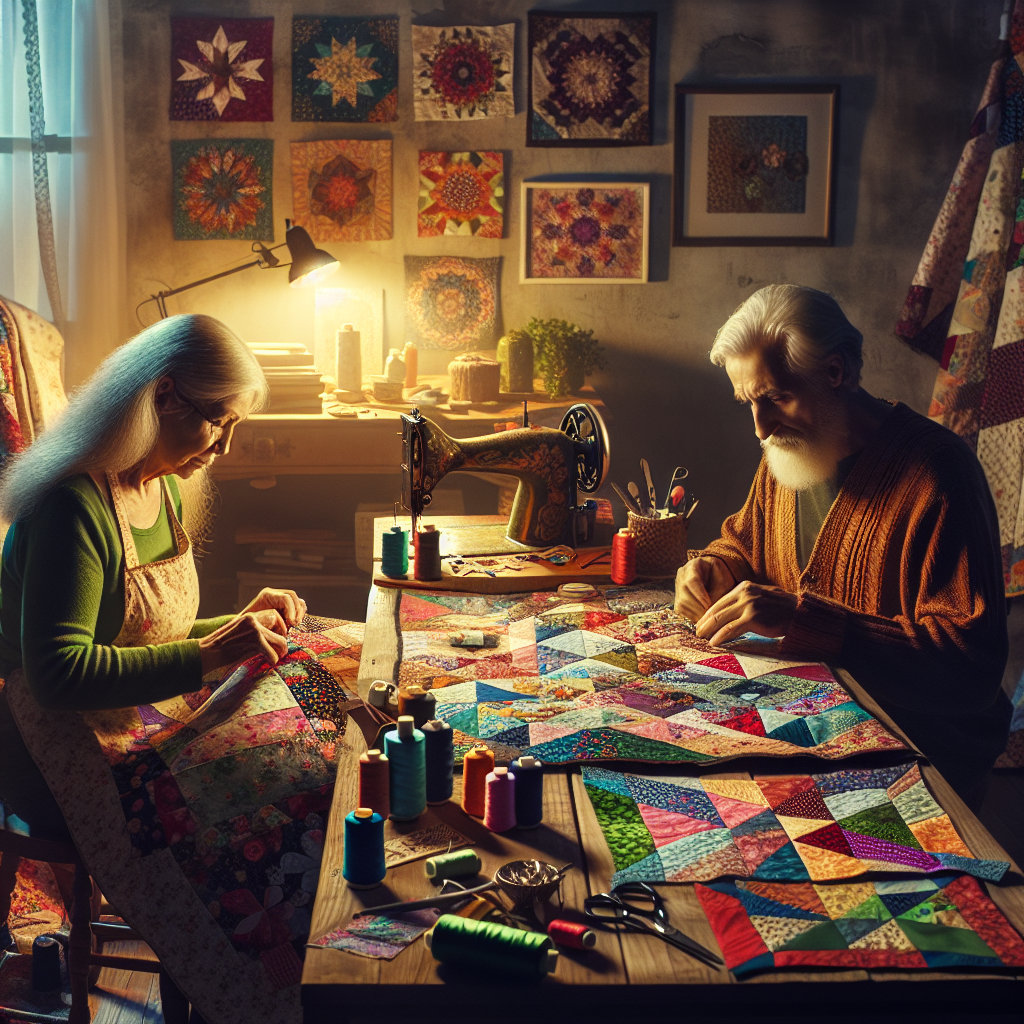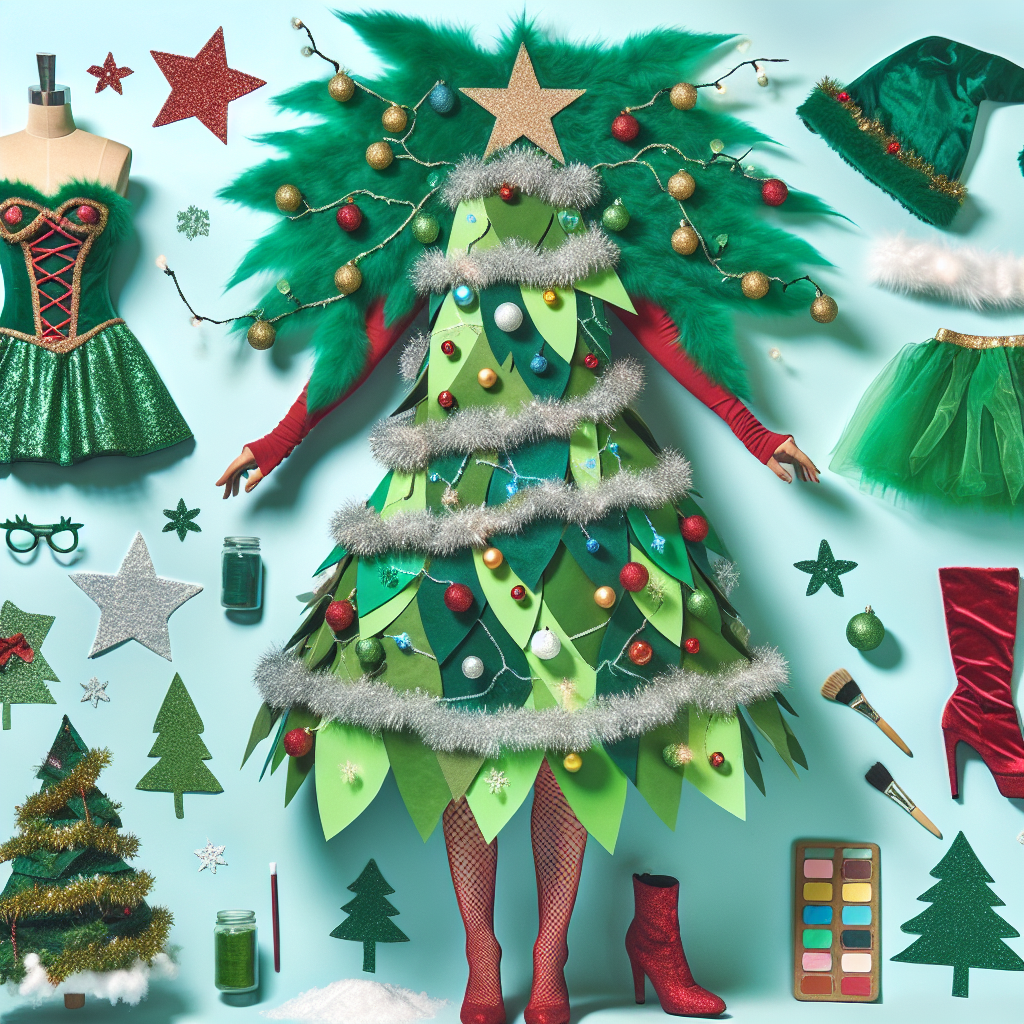Patchwork Quilt Making: A Step-by-Step Guide to Creating Your Own Masterpiece
Are you looking for a creative and rewarding project that will not only keep you busy but also result in a beautiful and functional piece of art? Look no further than patchwork quilt making! In this comprehensive guide, we will take you through the process of creating your very own patchwork quilt from start to finish. Whether you are a beginner or an experienced quilter, this article will provide you with all the information you need to get started and complete your project successfully.
Materials and Tools
Before we dive into the step-by-step instructions, let’s gather all the materials and tools you will need for this project:
- Fabric: Choose a variety of fabrics in different colors and patterns. Make sure to select high-quality cotton fabric that is easy to work with.
- Scissors: Invest in a good pair of fabric scissors that will make cutting your fabric a breeze.
- Ruler: A clear, long ruler will help you measure and cut your fabric accurately.
- Cutting mat: Protect your work surface and make cutting easier with a self-healing cutting mat.
- Pins: Use pins to hold your fabric pieces together while sewing.
- Sewing machine: A sewing machine will save you time and make the sewing process much faster and more efficient.
- Thread: Choose a high-quality thread that matches your fabric colors.
- Needles: Have a selection of hand sewing needles on hand for any hand stitching required.
- Iron: An iron is essential for pressing your fabric and creating crisp seams.
- Quilt batting: Select a quilt batting that suits your desired level of warmth and thickness.
- Backing fabric: Choose a fabric for the back of your quilt that complements your patchwork design.
- Binding fabric: Select a fabric for the binding that will frame your quilt and give it a finished look.
- Quilting pins: Use quilting pins to hold your quilt layers together while quilting.
- Quilting ruler: A quilting ruler will help you create straight lines and precise measurements while quilting.
- Walking foot: If you have one, a walking foot will make quilting easier and prevent fabric shifting.
Now that you have all your materials and tools ready, let’s move on to the step-by-step instructions for creating your patchwork quilt.
Step 1: Design and Planning
Before you start cutting and sewing your fabric, it’s important to have a clear design and plan for your patchwork quilt. Consider the size, pattern, and color scheme you want to achieve. You can sketch out your design on paper or use quilting software to visualize your ideas. Once you have a plan in place, you can move on to the next step.
Step 2: Cutting the Fabric
Using your ruler, cutting mat, and fabric scissors, start by cutting your fabric into the desired shapes and sizes for your patchwork blocks. You can choose traditional shapes like squares or rectangles, or get creative with triangles or hexagons. Make sure to measure and cut accurately to ensure your pieces fit together perfectly.
Step 3: Arranging the Patchwork
Once you have all your fabric pieces cut, lay them out on a flat surface to arrange them in your desired pattern. Play around with different combinations until you find a layout that you love. Take a photo or make a sketch of your arrangement to refer back to later.
Step 4: Sewing the Patchwork
Now it’s time to start sewing your fabric pieces together to create your patchwork blocks. Use a ¼ inch seam allowance and sew the pieces together in rows. Press the seams open or to one side, depending on your preference. Continue sewing the rows together until your patchwork block is complete. Repeat this process for all your patchwork blocks.
Step 5: Assembling the Quilt Top
Once you have all your patchwork blocks sewn together, it’s time to assemble the quilt top. Lay out your blocks in the desired order and sew them together, row by row. Press the seams open or to one side as you go. Take your time to ensure your blocks line up perfectly and your quilt top is flat and smooth.
Step 6: Adding the Batting and Backing
With your quilt top complete, it’s time to add the batting and backing. Lay your quilt top on a flat surface, right side up. Place the quilt batting on top, followed by the backing fabric, right side down. Pin all three layers together to hold them in place.
Step 7: Quilting
Now comes the fun part – quilting! There are many different quilting techniques you can choose from, such as straight-line quilting, free-motion quilting, or hand quilting. Select the technique that suits your style and skill level. Use your quilting ruler and walking foot (if you have one) to create even stitches and straight lines. Take your time and enjoy the process of quilting your patchwork quilt.
Step 8: Binding
Once you have finished quilting, it’s time to add the binding to your quilt. Cut strips of fabric for the binding and sew them together to create one long strip. Fold the strip in half lengthwise and press. Attach the binding to the edges of your quilt, folding the corners neatly. Sew the binding in place by hand or with your sewing machine. Trim any excess fabric and press the binding away from the quilt.
Step 9: Finishing Touches
With the binding in place, your patchwork quilt is almost complete. Take a moment to inspect your quilt for any loose threads or uneven stitches. Trim any loose threads and make any necessary repairs. Give your quilt a final press to ensure it looks its best.
Step 10: Admire Your Masterpiece
Congratulations! You have successfully completed your patchwork quilt. Take a step back and admire your hard work and creativity. Your quilt is not only a functional piece of art but also a testament to your skills as a quilter. Enjoy the warmth and beauty of your handmade patchwork quilt for years to come.
Conclusion
Creating a patchwork quilt is a labor of love that requires time, patience, and attention to detail. By following the step-by-step instructions in this guide, you can embark on your own quilting journey and create a beautiful and unique patchwork quilt.






